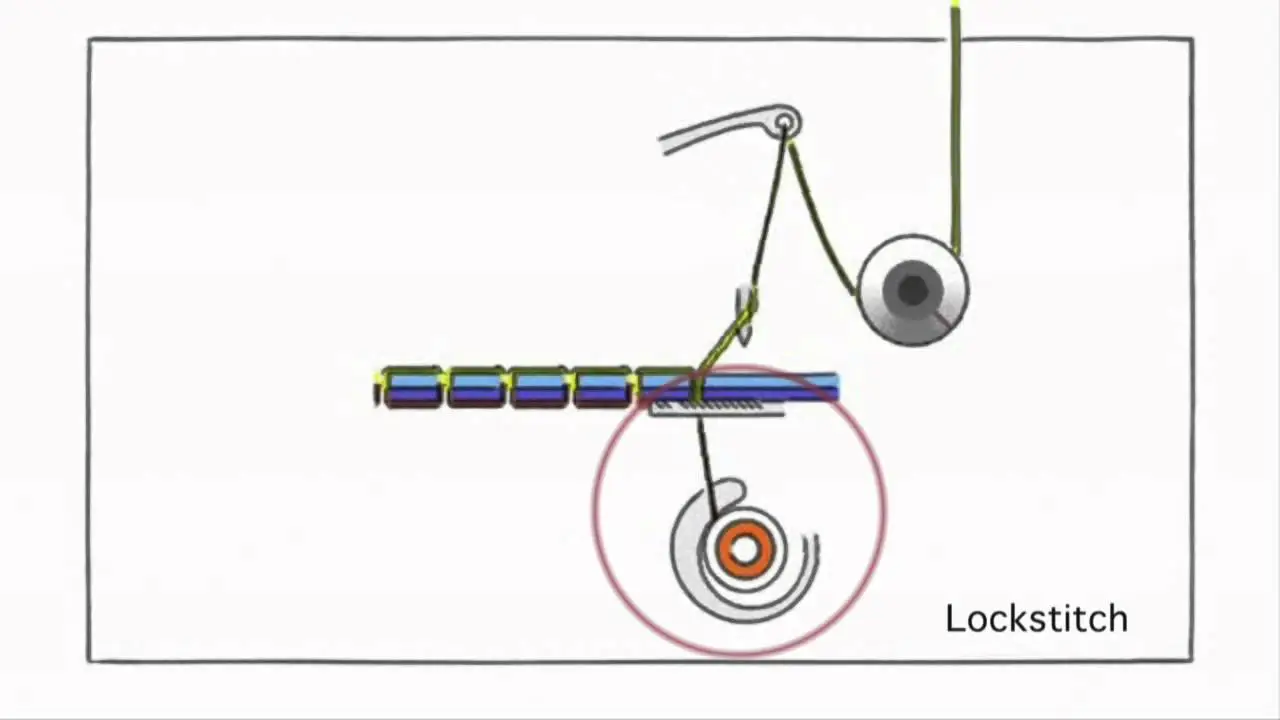How does a sewing machine sew?


Sewing machines have revolutionized the way we sew, making it faster, more efficient, and more precise. But have you ever wondered how a sewing machine actually works? In this article, we will delve into the inner workings of a sewing machine, exploring the stitching process, thread tension, bobbins, needles, and more. By the end, you will have a thorough understanding of how a sewing machine sews and be equipped with the knowledge to explore various sewing techniques and stitches.
The Stitching Process
At its core, a sewing machine sews by creating a series of interlocking loops of thread, known as stitches, on a piece of fabric. This is achieved through a combination of mechanical and electrical components working together in harmony.
The Thread Tension
One of the key elements in the stitching process is thread tension. Thread tension refers to the amount of pressure applied to the thread as it passes through the machine. It is crucial to achieve the right balance of tension to ensure that the stitches are neither too loose nor too tight.
The Bobbin
The bobbin is a small spool that holds the thread underneath the fabric. It works in conjunction with the upper thread to create the stitches. The bobbin thread is pulled up through the fabric by the needle, while the upper thread is pulled down by the bobbin. This interplay between the two threads creates the stitches.
The Needle
The needle is a vital component of the sewing machine. It has a small eye at one end through which the upper thread passes. As the needle moves up and down, it carries the upper thread through the fabric, creating a loop that is caught by the bobbin thread. The needle’s sharp point pierces the fabric, allowing the thread to pass through.
The Sewing Techniques
Now that we understand the basic components of a sewing machine, let’s explore some common sewing techniques that can be achieved using a sewing machine.
Straight Stitch
The straight stitch is the most basic and commonly used stitch. It is created by the up and down motion of the needle, with each stitch being the same length. This stitch is ideal for sewing seams and hems.
Zigzag Stitch
The zigzag stitch is another versatile stitch that can be used for various purposes. It is created by the needle moving from side to side while stitching. The zigzag stitch is often used for finishing raw edges, appliqué, and decorative stitching.
Buttonhole Stitch
Creating buttonholes can be a daunting task, but with a sewing machine, it becomes much easier. Most sewing machines have a built-in buttonhole function that automatically creates the perfect buttonhole stitch. This stitch is essential for attaching buttons to garments.
Sewing Basics
To get started with sewing, it is important to familiarize yourself with some sewing basics. Here are a few key points to keep in mind:
- Choose the right needle for your fabric. Different fabrics require different needle sizes and types.
- Thread your machine correctly. Improper threading can lead to stitching issues.
- Adjust the thread tension as needed. Experiment with different settings to achieve the desired stitch quality.
- Practice on scrap fabric before working on your project. This will help you get comfortable with the machine and test different stitches.
- Keep your machine clean and well-maintained. Regular cleaning and oiling will ensure smooth operation and prolong the life of your sewing machine.
In conclusion, a sewing machine sews by creating interlocking loops of thread on fabric. The thread tension, bobbin, needle, and various sewing techniques all play a crucial role in the stitching process. By understanding these components and practicing basic sewing techniques, you can unlock the full potential of your sewing machine and embark on a creative sewing journey. So, grab your fabric, thread your machine, and let your imagination run wild!
Recent Posts
How do I create an engaging and informative online quiz or assessment?
Creating an engaging and informative online quiz or assessment can be a powerful tool for… Read More
What are the most effective methods for managing and reducing work-related stress in the hospitality industry?
Work-related stress is a common issue in the hospitality industry, where employees often face long… Read More
How can I improve my assertiveness and communication skills in a leadership position?
In a leadership position, assertiveness and effective communication skills are crucial for success. Being able… Read More
What are the key elements of a successful employee recognition and rewards program?
Employee recognition and rewards programs play a crucial role in motivating and engaging employees, as… Read More
How do I effectively manage and respond to customer feedback and reviews?
Customer feedback and online reviews play a crucial role in shaping a company's reputation and… Read More
What are the best strategies for effective time management as a stay-at-home parent?
Effective time management is crucial for stay-at-home parents who juggle multiple responsibilities on a daily… Read More